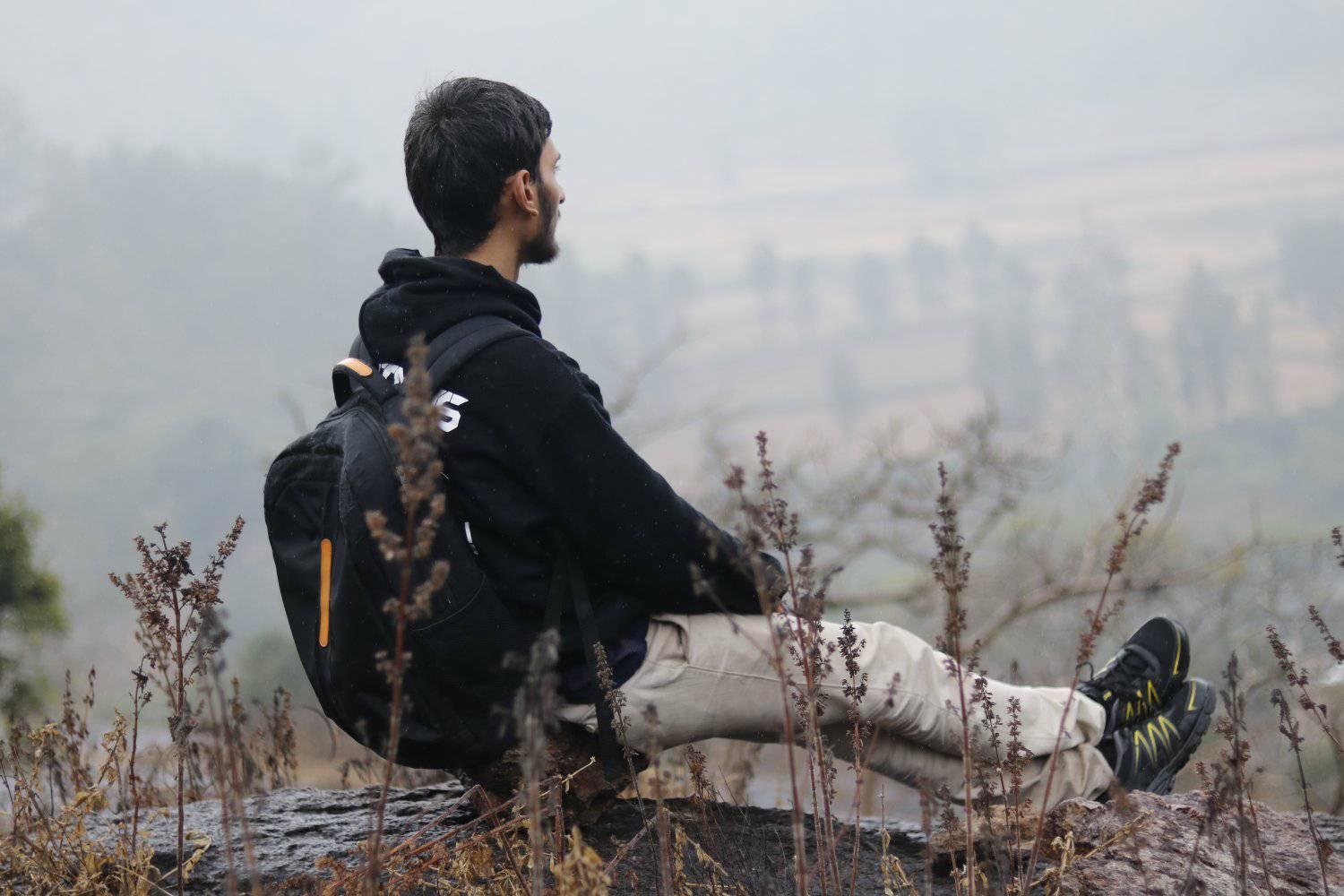about

I am Rut Vora, a software engineer interested in Systems and Networks, especially Systems and Networks Security.
I currently work at Arista Networks on the PCIe subsystem of their switches.
Before joining Arista, I was a Master’s student in Computer Science at the University of British Columbia, advised by Prof. Aastha Mehta.
My thesis is titled “Side channels in networks: from the internet to interconnects” and is available here.
I started my career in networks in the Office of the CTO at F5, Inc..
There, I created various proof-of-concepts for accelerating F5 products. My works spanned technologies like eBPF, DPDK, P4 and WASM.
For details, you can check my resume.
I completed my undergraduate in Computer Science from BITS Pilani in India (2016-2020).
experience
-
-
Apr '25 -
-
-
Sep '22 - Mar '25
Research Assistant
- CXL-SC: Developing an attack to infer private data being transmitted on the PCIe/CXL link
- NetShaper: Developed a customisable differentially-private network side channel mitigation system able to handle > 250k requests/s per core (USENIX-Security '24)
-
-
Apr '22 - Aug '22
Software Engineer II
- Enabled unmodified containerised applications to leverage DPDK instead of the Linux kernel networking stack
- Used eBPF to detect and prevent potential privilege escalation attempts in a Platform-as-a-service Environment
-
Sep '20 - Apr '20
Software Engineer I
- Created a prototype that uses WebAssembly to provide in‑process isolation to imported (but untrusted) modules
- Used Programmable Switches (P4) for injecting proprietary information in Segment Routing v6 headers < 1% overhead
-
Ericsson
-
Jul '19 - Dec '19
Research Intern
- Developed a solution using 5G mmWave and leaky-wave antennas to eliminate the Doppler effect in mobile networks caused by high-speed (> 500km/h) transportation like Hyperloop
- Proposed methods to use network slicing for enhancing 5G network utilisation per application class (e.g. VoIP Calls, Video Conferencing, Gaming)
projects
competitions
-
Feb '19
Smart India Hackathon
Disaster Relief broadcast using satellite
Utilised 200-bit space in NavIC (Indian GPS counterpart) transmissions to send 10 safe locations and their status with 100m accuracy during a natural disaster (as a part of an ISRO hackathon)
-
Oct '18
Microsoft Hackathon
Fallback P2P Network for Critical Communication During Infrastructure Collapse
Enabled communicating safety status of users during natural disasters without relying on mobile networks
